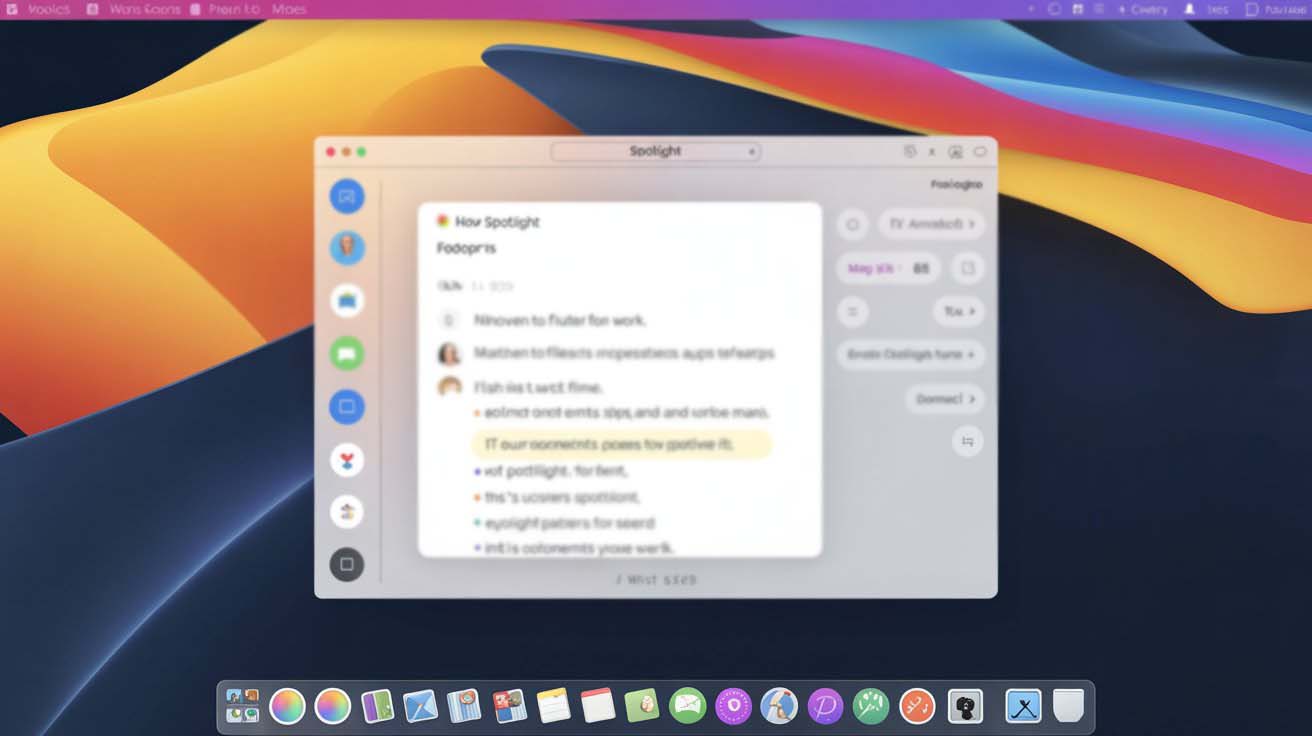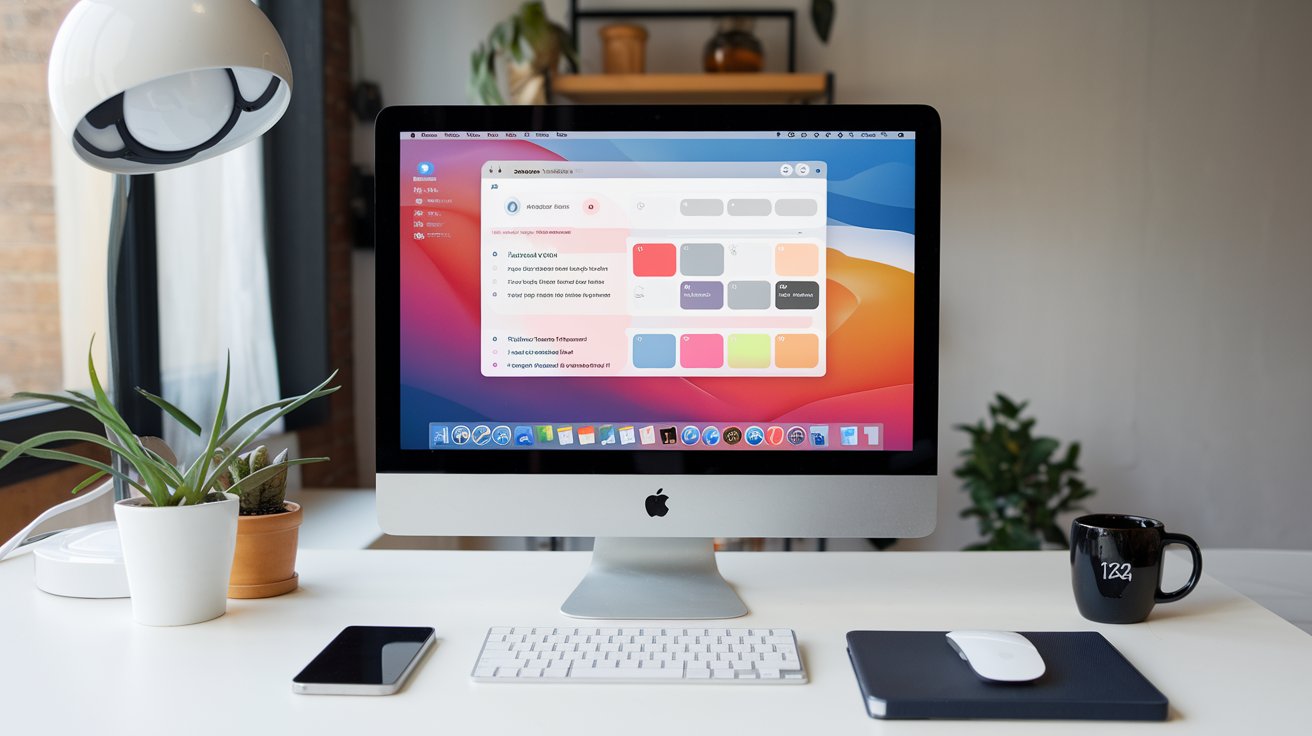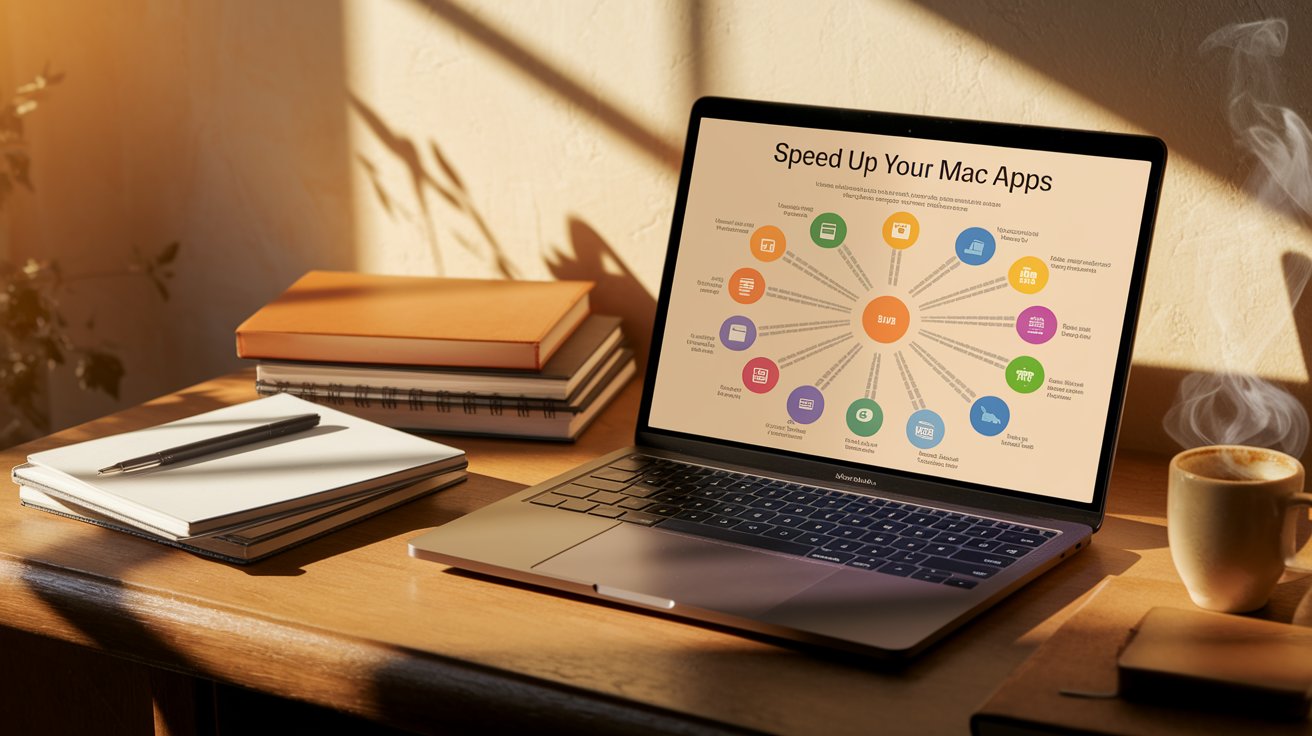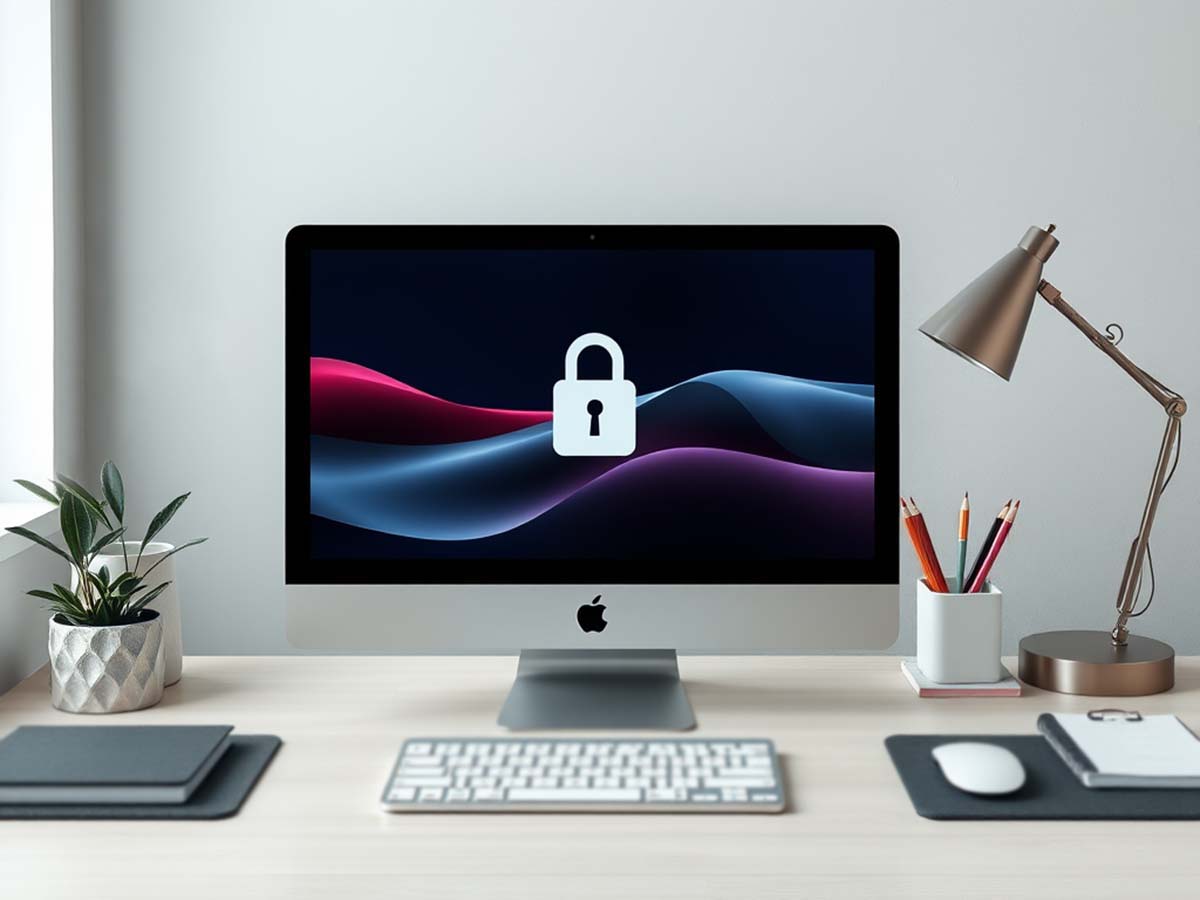Using Spotlight for Quick Searches on Mac
Using Spotlight for Fast Searching on Mac
Why Quick Search Is a Daily Necessity
Mac users often juggle multiple tasks. Whether managing files for work, switching between apps, or accessing documents for creative projects, speed matters. When seconds turn into minutes just to find a single file, that’s lost time.
This is where a built-in feature on every Mac stands out. Known to many but mastered by few, it helps users stay organized and efficient. The tool is Spotlight, and its true value goes beyond basic search.
With just a few keystrokes, Spotlight offers fast access to files, folders, apps, emails, and even information from the web. It’s not just a search bar—it’s a time-saving feature that supports your workflow.
- Spotlight comes with every macOS device by default.
- It can find documents, images, emails, apps, and web-based info.
- Users can perform calculations and conversions directly in the search field.
- Professionals, freelancers, and students all benefit from its speed.
How Spotlight Works and Who Can Use It
To open Spotlight, press Command (⌘) + Spacebar. A small window appears in the center of your screen. From there, type what you’re looking for. You don’t even need to type the entire file name—just a part of it will do.
Spotlight suits many types of users. Creatives often rely on it to quickly open media projects. Office workers use it to access documents and reports. Students find it handy for lecture notes or academic PDFs. The simplicity makes it flexible for anyone, regardless of technical skill level.
For instance, imagine you’re editing a marketing slide deck for a client. Instead of clicking through five different folders, typing “Q2 pitch” instantly pulls up the file. Within seconds, you’re back to work.
Common Things You Can Do With Spotlight
1. Find Files and Folders Instantly
Typing a keyword lets Spotlight show matching files stored on your Mac. It’s great for locating older files or ones you’ve forgotten the folder location for.
Partial names still work. Looking for “meeting_notes_March2025.pdf”? Typing “notes March” will likely bring it up.
2. Open Apps Without Searching Manually
No need to scan your Dock or Applications folder. Type “Excel,” “Notes,” or “GarageBand,” and hit Return. The app launches instantly.
This helps declutter your Dock and makes app switching smoother.
3. Search Online in a Snap
Spotlight also delivers web-based results. Need to know the temperature in Tokyo? Type “weather Tokyo.” Want to check a tech company’s stock price? Enter its name.
This is especially useful when researching on the fly. Writers, marketers, and analysts use it daily for quick lookups.
4. Run Conversions and Solve Equations
Spotlight functions like a calculator. Want to convert “75 GBP to USD”? It gives the result right away. You can also solve math problems, like “248 * 3 + 612.”
This helps when managing invoices, checking exchange rates, or solving classwork.
Tips to Get the Most Out of Spotlight
Use Shortcut Keys Often
Get into the habit of using Command (⌘) + Space. It’s faster than reaching for your mouse or tapping through folders.
Over time, this shortcut becomes second nature, especially if you open dozens of files daily.
Be More Specific With Your Search
Refining your search can narrow down results. You can search by file type. For example:
cssCopyEditsales summary kind:spreadsheet
That simple tip filters out everything but spreadsheets.
Preview Before Opening
Once results show up, press Command (⌘) + Y to preview a document. This feature saves time. You won’t have to open three different files to find the right one.
Search By File Tag
Mac lets you tag files with colors. If you’ve tagged a project folder “blue,” type “blue” in Spotlight, and it will find everything with that label.
File tags help if you manage work by color-coded status or deadlines.
Choosing Between Spotlight and Finder
Both Spotlight and Finder help you locate files, but they serve slightly different purposes.
Spotlight is faster. It’s perfect for short searches. For example, opening a PDF or launching a browser.
Finder offers more filters. It’s ideal when you need to sort by date, file type, or location. It also helps when organizing folders or checking storage.
When you know exactly what you’re looking for, Spotlight is enough. If you’re doing deeper file management, Finder is the better option.
Real Examples from Everyday Mac Users
A freelance editor in Melbourne starts her day by pressing ⌘ + Space and typing “MorningScript.” The document opens in seconds. She doesn’t need to dig through folders or remember its last save location.
In New York, a startup developer uses Spotlight to pull up terminal commands stored in a text file. His team keeps snippets in shared folders. He finds them using just keywords like “MongoDB” or “setup script.”
Meanwhile, a student in Seoul preparing for exams uses Spotlight to review scanned textbooks. Every subject has its own keyword—“BioQuiz,” “MathAnswers,” or “LectureNotes.”
Spotlight adapts to different roles. It saves time, reduces stress, and makes searching almost effortless.
How to Adjust What Spotlight Can Search
Not everyone wants Spotlight to search everything. You can fine-tune the results.
Here’s how:
- Go to System Settings
- Click Siri & Spotlight
- Under Search Results, uncheck categories you want to exclude
For example, if you don’t want messages or web results to show up, disable those. This makes your search cleaner and faster.
Customizing this list lets you focus on what’s most relevant to you.
Controlling Search Privacy
macOS gives you control over what gets sent outside your machine. You can disable Siri or Safari suggestions from appearing in Spotlight.
To change this:
- Open System Settings
- Choose Siri & Spotlight
- Scroll down and switch off online suggestions
This is especially useful if you want your search activity to remain local and private. It’s one way to protect your workflow from unwanted external queries.
Why Spotlight Helps Professionals Worldwide
Whether you’re based in Berlin or working remotely in Manila, being efficient with your digital tools matters.
Spotlight shortens the time it takes to move between apps, find documents, or confirm figures. For those managing multiple tasks at once, it removes friction and improves concentration.
Writers can pull up drafts quickly. Designers can locate project folders by keyword. Analysts can find spreadsheets they worked on days ago.
Less time spent on file hunting means more time for real work.
A Reliable Tool for Daily Use
Many Mac users don’t realize the full benefit of Spotlight until they try it consistently. After a few days of regular use, it becomes part of your rhythm.
You’ll begin to notice fewer distractions and a smoother flow from one task to the next. Whether your role is technical, creative, academic, or administrative, Spotlight can adapt to your needs.
Even for simple tasks like checking the date, doing math, or launching Zoom, Spotlight delivers.
Try it now. Press Command (⌘) + Space and search for a document or app. That small action could save minutes from your routine—minutes that add up across your day.










